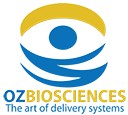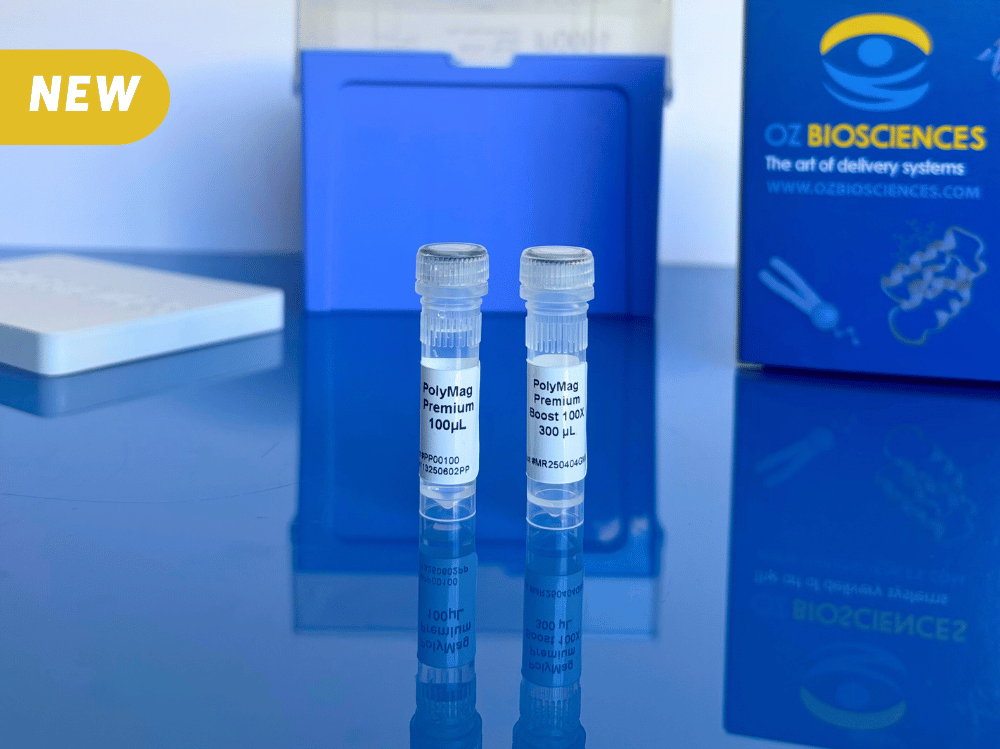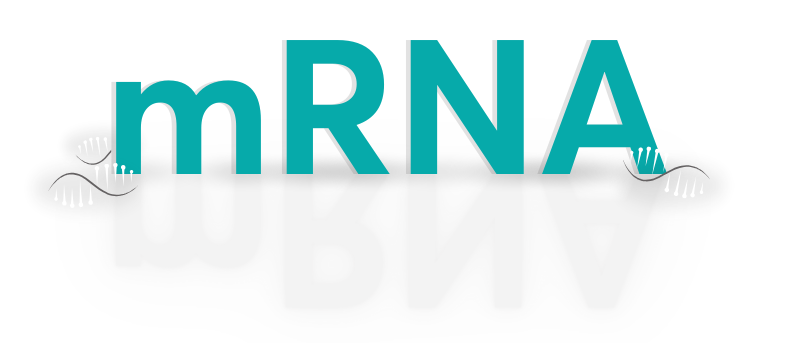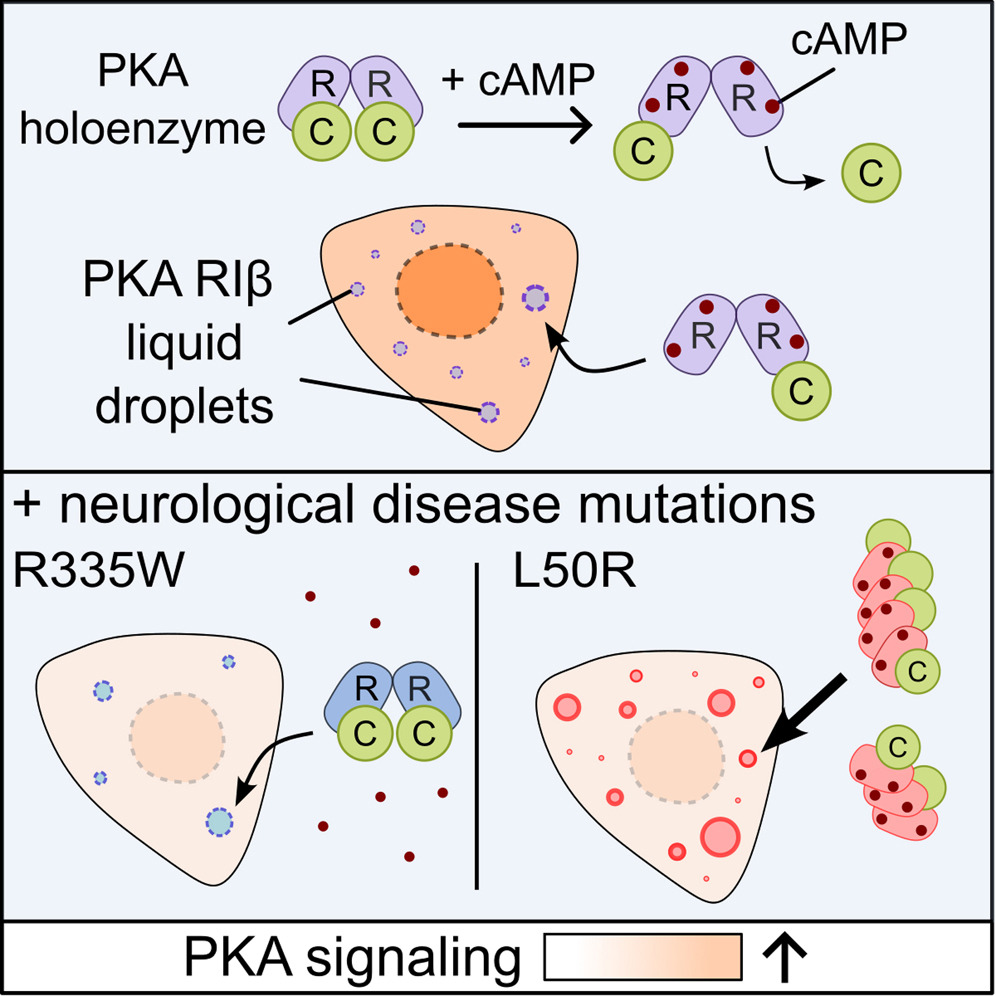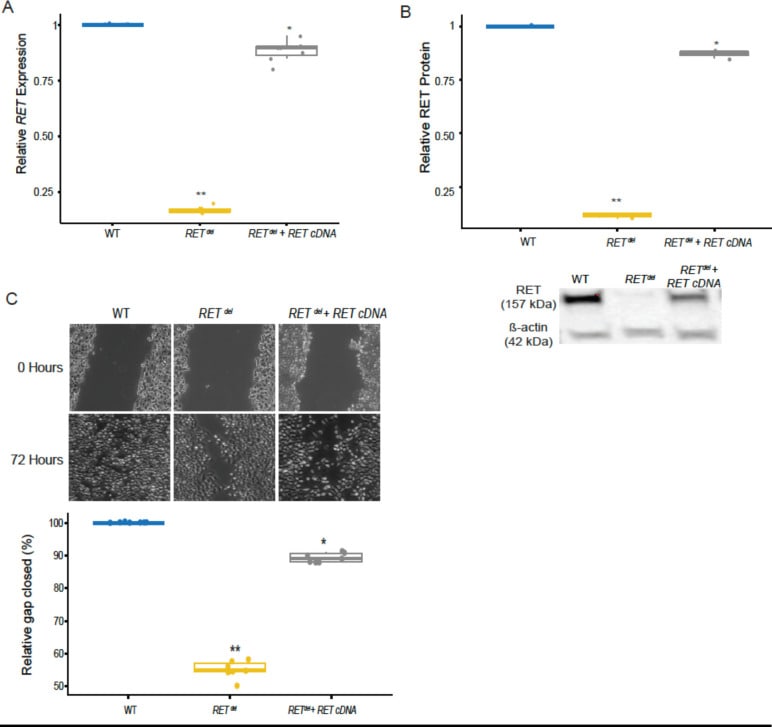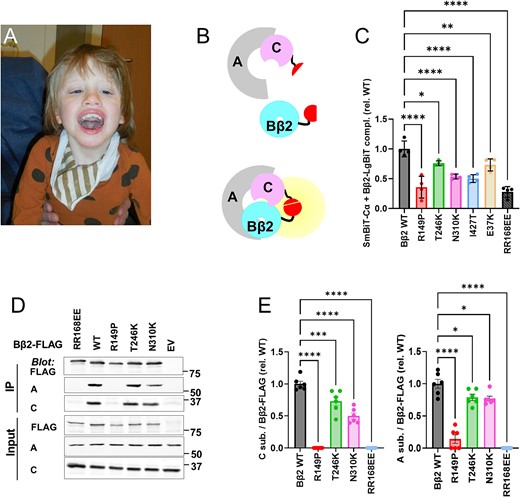BLOG > Publications & Citations > Protocadherin γC4 Promotes Neuronal Survival in the Mouse Retina
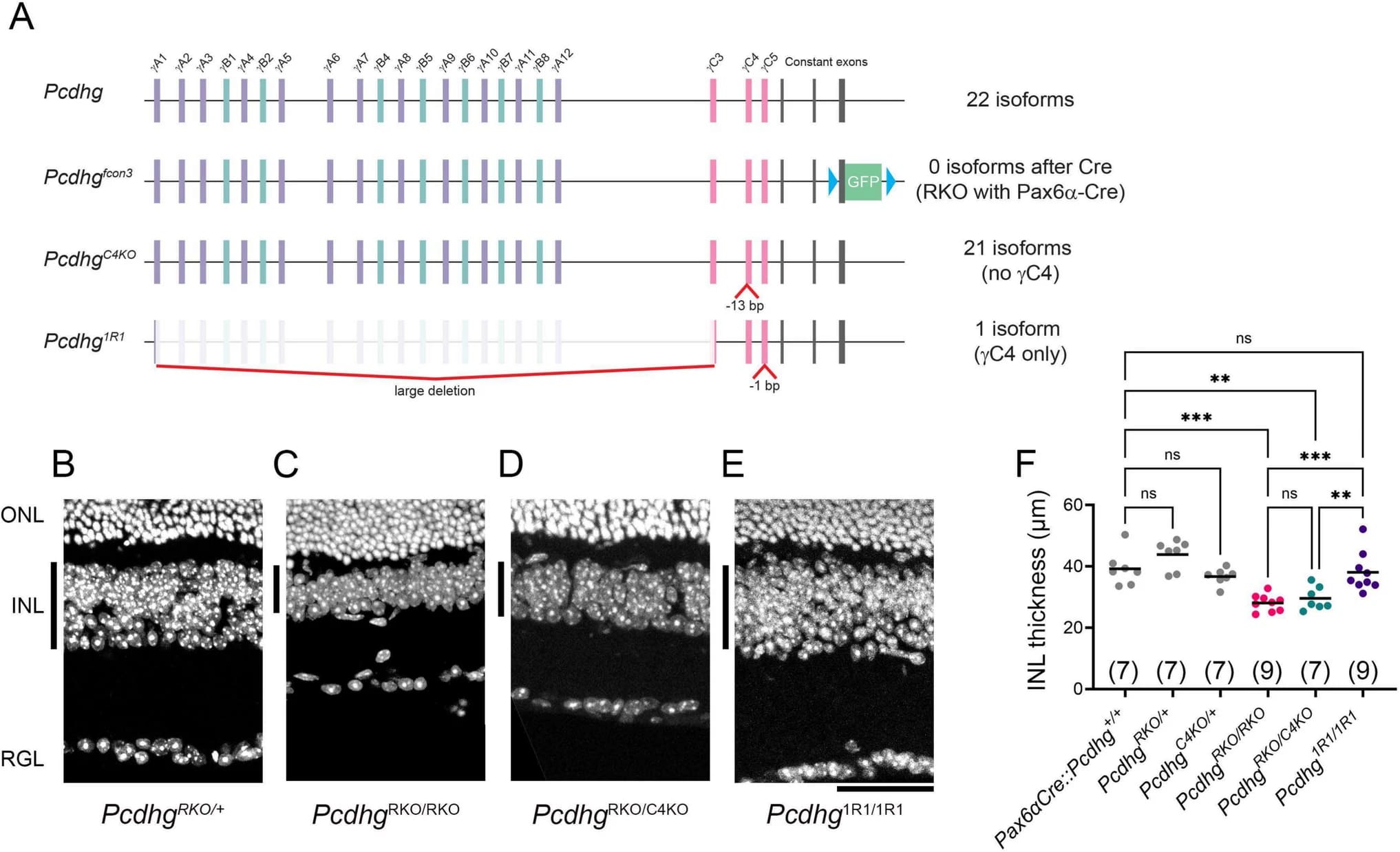
Authors: McLeod, C.M., Lanthier, H.G., Nitschke, G.R. et al.
Source: Mol Neurobiol (2025).
We are delighted to share insights from a recent study entitled "Protocadherin γC4 Promotes Neuronal Survival in the Mouse Retina Through Its Variable Cytoplasmic Domain" published in Molecular Neurobiology by Cathy M. McLeod et al:
They investigated the complex regulation of developmental neuronal apoptosis, particularly focusing on amacrine cells in the mouse retina. Their groundbreaking work demonstrated that the gamma-protocadherin γC4 isoform is uniquely essential for promoting neuronal survival, accounting for the crucial pro-survival functions of its family. A key finding was the identification of the unique variable cytoplasmic domain of γC4 as both necessary and sufficient for this vital function, operating independently of its extracellular interactions or membrane localization. Furthermore, they showed that a cell type's reliance on gamma-protocadherins for survival directly correlates with its expression of γC4.
Congratulations to all authors for this great article.
Our NeuroMag transfection reagent was used for the transfection of cDNA constructs in their in vitro survival rescue assays. This magnetic transfection reagent enabled the precise delivery of genetic material, allowing the researchers to investigate how specific protein domains contribute to promoting neuronal survival.
Read the article Check NeuroMag
